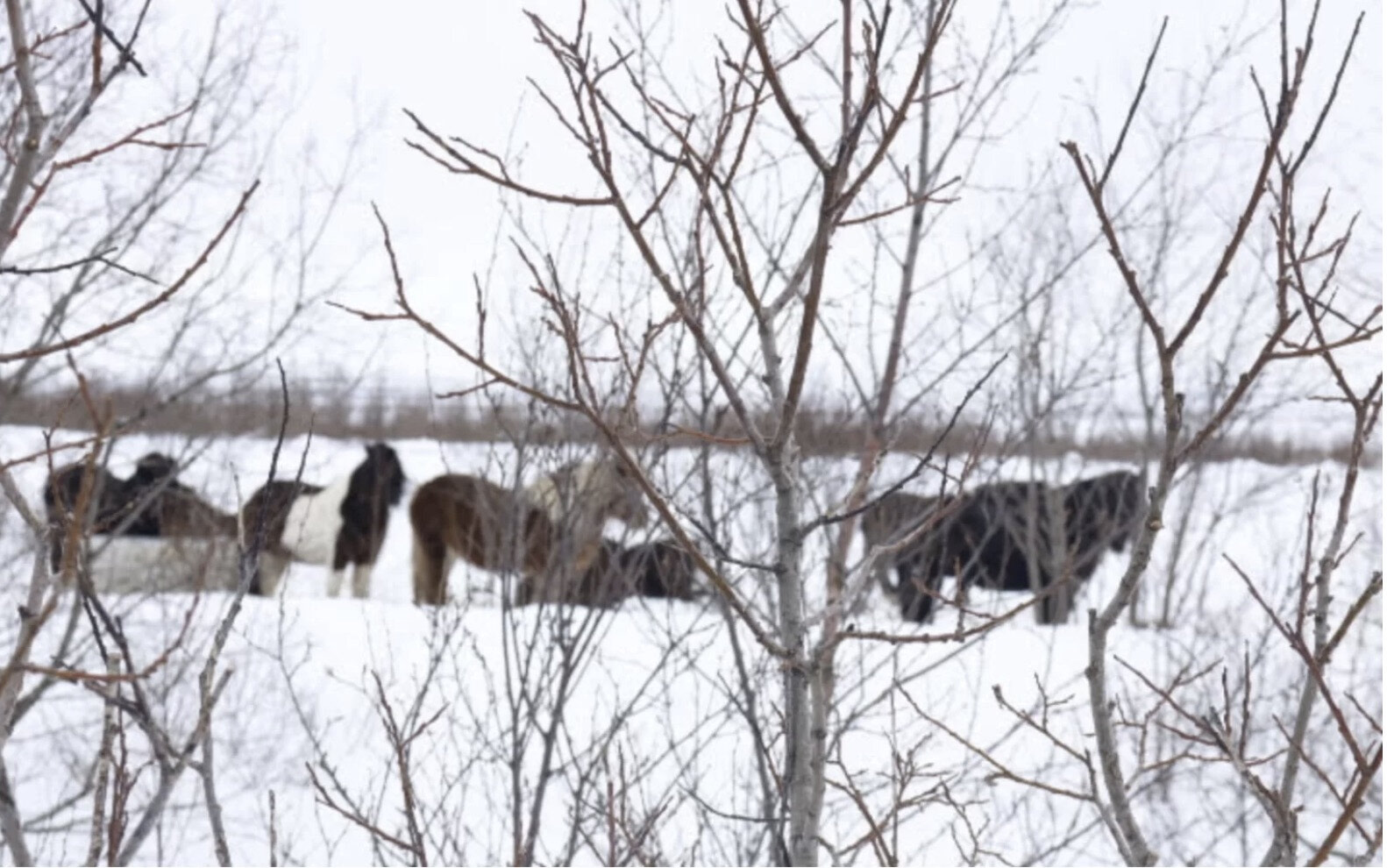Fur flying over Canada Goose parkas

There’s outrage being expressed on Facebook concerning Canada Goose, the manufacturer of parkas. That’s because the company uses coyote fur on the hood to insulate wearers from the cold.
Canada Goose says it’s being ethical in its use of animals. In fact, a quick check of the company’s website notes their commitment to best practices. (canadagoose.com)
Downright good idea
Incidentally, the down filling the parka isn’t harvested from Canada Geese. The company explains, “We purchase all of our down from Feather Industries Canada Ltd., a Canadian down-procurement company and it is hypoallergenic, laboratory-tested and exceeds all Canadian and International Cleanliness Standards.” This down is from poultry which is raised and killed for human consumption. Think Thanksgiving dinners, where the animal gives its life for food plus clothing.
Fur follows best practices too
Regarding the coyote fur they use, Canada Goose explains, “We only use the best quality fur from the Northwest regions of Canada and the United States, where coyote populations are confirmed to be highly abundant. In fact, in many regions of North America, coyotes are considered a pest as they attack livestock, endangered prey species, pets and sometimes even people. We know that wearing fur is a personal choice and we respect that. In turn, we hope that people will respect our responsible use and ethical sourcing of fur.”
Killing wild animals
Human beings have been killing wild animals since the beginning of human time on Earth. Being a proficient hunter-gatherer was crucial if you, your family and tribe were to survive.
Remember the buffalo jumps? First Peoples stampeded bison over a cliff in annual harvests. Everything from the animal was precious: from horns to meat, bones to skin. Bison were considered sacred, giving the necessities of life throughout the seasons.
Everywhere, denizens of forests, fields and waters were trapped, fished and hunted. From First Nations to explorers, Jesuits to settlers, people hunted otters, muskrat, beavers, coyotes, wolves, bear, pine marten, rabbits – really, anything that moved, for food, clothing, shelter, tools and more. And when livestock were threatened, predators were killed.
Today’s nature disassociation
Now, with more than 80% of Canadians living in urban settings, most of us don’t need to consider such earlier imperatives. If we eat meat and wear leather – or Canada Goose parkas – we are insulated from killings.
Moreover, even those of us living in rural settings can hold protective, romantic views of wild creatures. I do. I live adjacent to Gatineau Park, and don’t raise livestock. Therefore, I have the luxury of being thrilled to see coyotes. However, good friends who raise sheep and cattle have serious predator-related problems with these predators, despite having guard dogs.
Being opposed to killing predatory wild animals and/or using fur and down is a matter of perspective. It’s easy to stand in judgement when we’re disassociated. It’s not so easy if we’re a shepherd, defending our livestock from being ripped apart by coyotes.
Unnatural alternatives: synthetic fabrics
Nowadays, consumers are increasingly savvy about “embodied energy.” The term refers to all the energy needed to produce either a good or a service. So, if we don’t use real down, leather and fur from animals, what are our alternatives?
Even though some choose cotton, often, we wear artificial fabrics. And what are they made from? “The starting point for most synthetic fabrics is a liquid made from the products of coal, oil, or natural gas.” (http://bit.ly/2cOjIy5)
Challenging times for consumers
I believe it’s challenging to sit in judgement regarding killing some wild animals. I don’t condone excruciatingly stressful killings where a wild (particularly lactating) animal is trapped and not cleanly killed, for example. However, we must be mindful consumers, too. If you live in downtown Vancouver you likely don’t need a Canada Goose or other natural down and fur parka. If you live in Quebec or other parts of Canada, you just might.
Let’s all be increasingly conscientious consumers.
Katharine Fletcher is a freelance writer, columnist, author and visual artist. Contact her at fletcher.katharine@gmail.com
Photo: Alana Repstock

